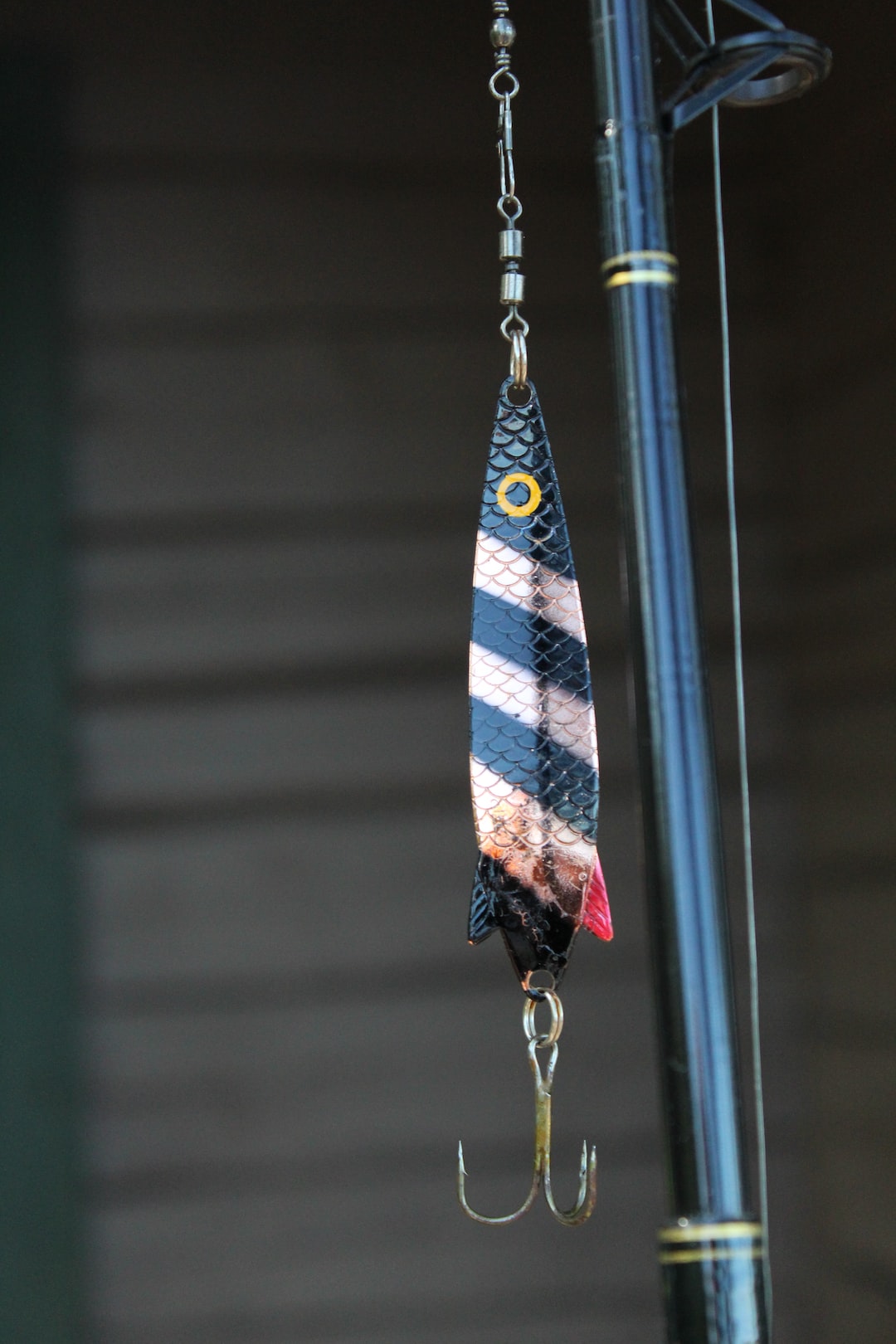Calligraphy is not just an ancient form of writing, but also a captivating art form that allows individuals to express their creativity and personal style. The art of calligraphy is all about crafting beautiful, flowing letters that are visually appealing and unique. If you’ve ever been captivated by the elegance of calligraphy and wanted to give it a try yourself, then this step-by-step guide is for you. Read on to discover how you can master the art of calligraphy.
Step 1: Choose Your Calligraphy Style
The first step in mastering calligraphy is to choose a style that resonates with you. There are several popular calligraphy styles to choose from, such as Copperplate, Gothic, Italic, and Uncial. Each style has its own unique characteristics and variations. You can start by exploring different calligraphy styles online or in books to find one that speaks to you.
Step 2: Gather the Essential Tools
To begin your calligraphy journey, it’s crucial to gather the essential tools. A calligraphy starter kit typically includes a set of nibs, a pen holder, ink, and practice paper. Nibs come in various sizes and shapes, and each can create different stroke widths. Experimenting with different nibs will help you find the one that suits your style and preferences. Additionally, invest in good-quality ink and practice paper to ensure smooth and consistent results.
Step 3: Learn the Basics of Calligraphy Strokes
Before diving into actual lettering, it’s important to familiarize yourself with the basic calligraphy strokes. Mastering these strokes will help you create consistent and fluid lines in your letterforms. The four essential strokes in calligraphy are the upstroke, downstroke, hairline stroke, and pressure stroke. Practice these strokes diligently to develop muscle memory and control over your pen.
Step 4: Practice Letter Formation
Once you have a good grasp of the basic strokes, it’s time to move on to letter formation. Start with simple letters and slowly progress to more complex ones. It’s crucial to focus on consistency in stroke width and letter shapes. Use guidelines to maintain a consistent slant and spacing between letters. Practice each letter multiple times, paying attention to both the shape and rhythm of the strokes.
Step 5: Develop Your Own Style
While it’s important to start by emulating existing calligraphy styles, it’s equally important to develop your own unique style. Experiment with variations in letterforms, slants, and flourishes. Don’thesitate to incorporate your own creativity and personality into your calligraphy. Over time, your personal style will evolve and set you apart as an artist.
Step 6: Practice, Practice, Practice
Mastering calligraphy is a result of consistent practice. Set aside dedicated practice sessions each day to build muscle memory and refine your technique. The more you practice, the more confident and skilled you’ll become. Find calligraphy drills online or create your own to target specific areas you want to improve. Remember, patience and persistence are key to becoming a proficient calligrapher.
Step 7: Experiment with Different Surfaces and Tools
Once you have a solid foundation in calligraphy, it’s time to step out of your comfort zone and experiment with different surfaces and tools. Try writing on different types of paper, such as textured or colored paper, to add an extra dimension to your calligraphy. Additionally, explore alternative tools like brushes or markers to create unique styles and effects.
Step 8: Seek Inspiration and Learn from Others
Calligraphy is a constantly evolving art form, and there’s always more to learn. Seek inspiration from other calligraphers and artists. Attend workshops and conferences to learn new techniques and gain insights from experts in the field. Embrace feedback and critiques to enhance your skills further. The more you immerse yourself in the world of calligraphy, the more you’ll grow as an artist.
In conclusion, mastering the art of calligraphy is a journey that requires patience, practice, and a willingness to explore. By following these steps, you can embark on a fulfilling and enriching creative pursuit. Whether you choose to use calligraphy for personal projects, wedding invitations, or even as a profession, the art of calligraphy will bring beauty and elegance to your writing. So grab your pen, ink, and paper, and start your calligraphy adventure today!

